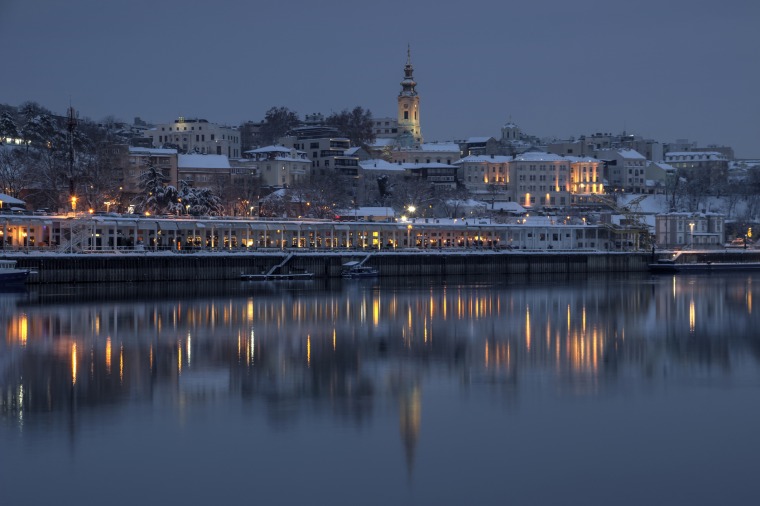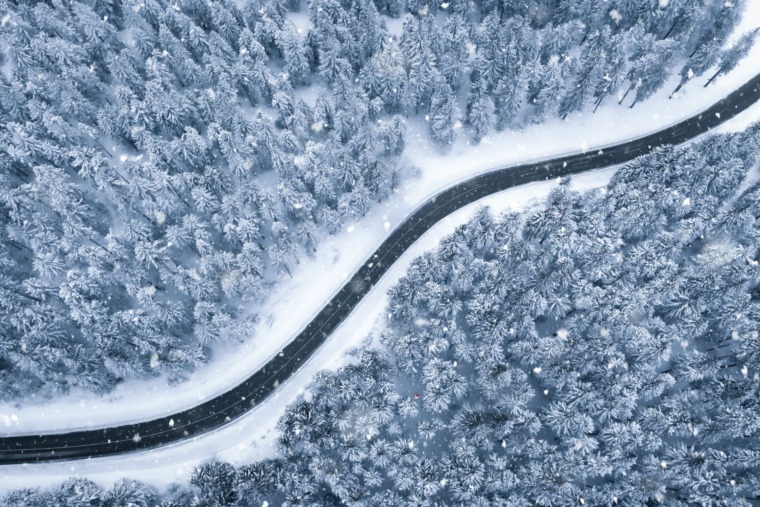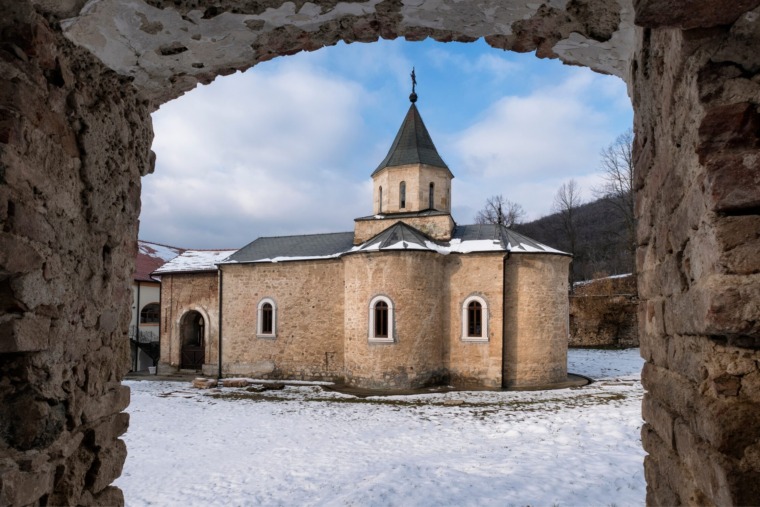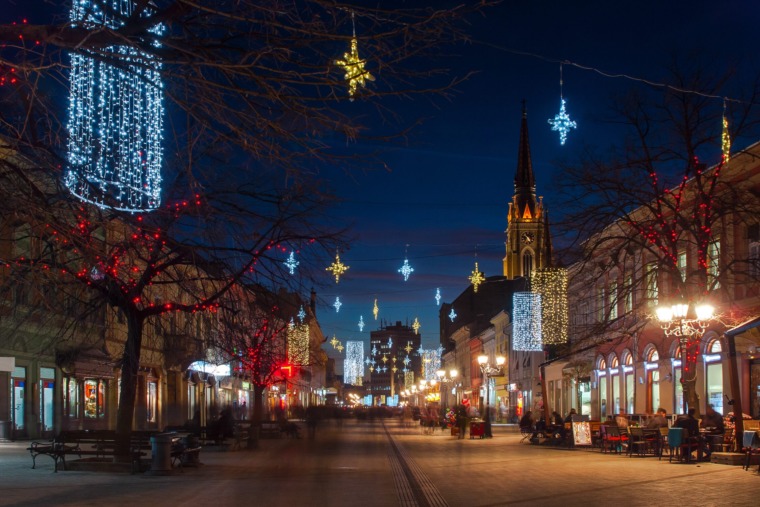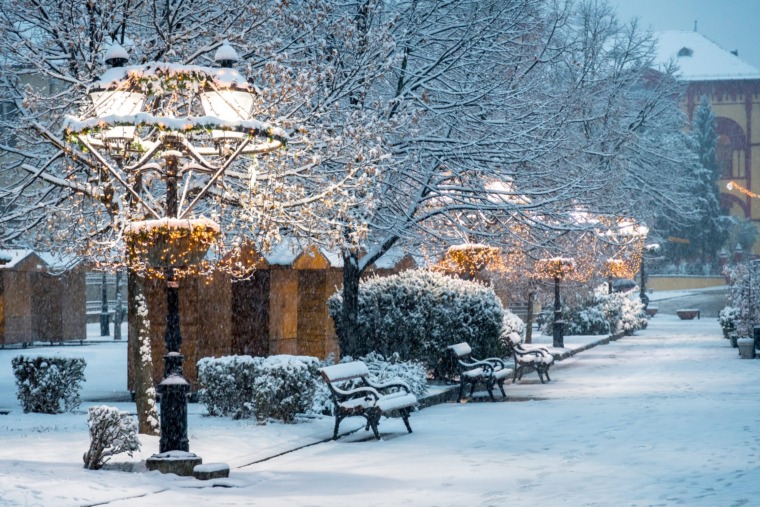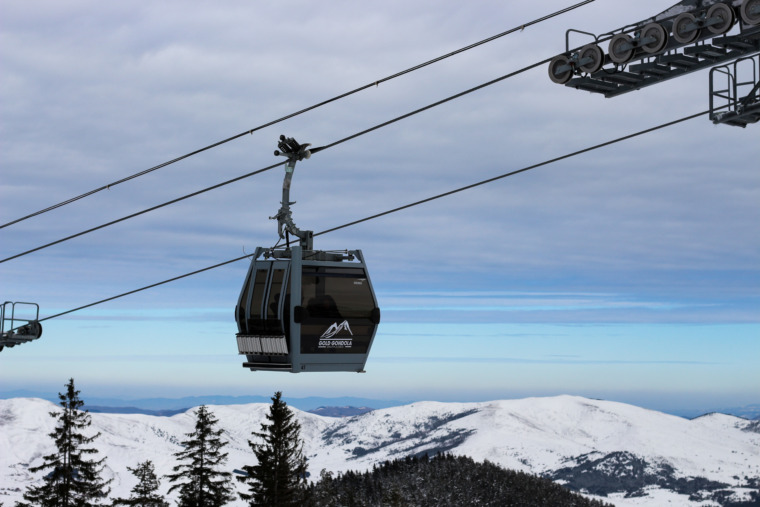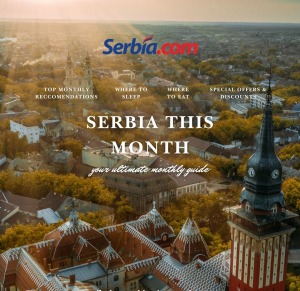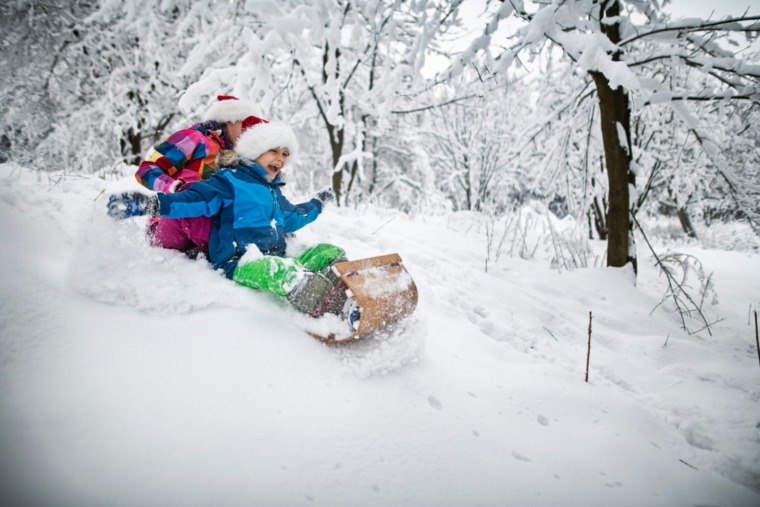
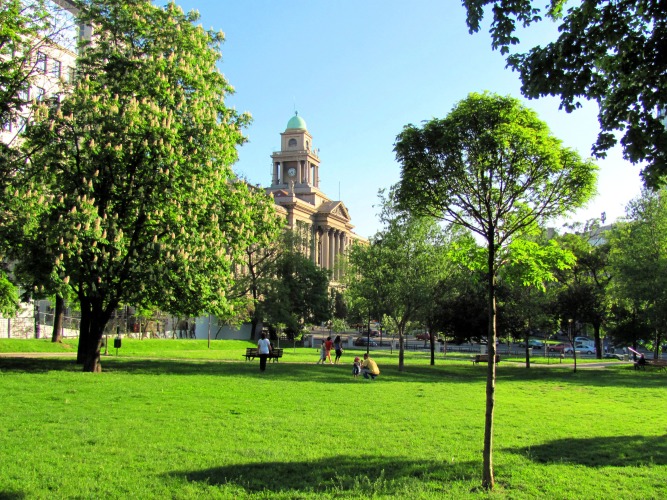
Visit the part of Belgrade often called “the heart of the capital” with some of the most significant state institutions, most beautiful palaces and parks in the city
We suggest you start from the Astoria hotel in 2 Milovana Milovanovića Street. Just a few steps down the street will take you to the Savski Square where you can see the Belgrade’s Central Railway Station, built in 1885 in the style of Neoclassicism. The construction of a building made of Topčider stone was entrusted to the Viennese architect von Schlicht, famous for his work on the stations in Austria and Italy.
Not far from there, in Nemanjina Street, there are some of the most beautiful and most monumental buildings in Belgrade. The first one you will come across, at the corner with Sarajevska Street, is the Railway Museum. Just a few meters ahead there are the buildings of the Government of the Republic of Serbia, the Ministry of Foreign Affairs and the complex of the Army Headquarters.
Continue your walk in Nemanjina Street and you will arrive to Manjež Park where you can see the bust of the Hungarian composer Franz Liszt. From here you have a great view on the monumental glass building of the National Bank of Serbia built in 2006.
From the Park you can continue to Kralja Milana Street. On the left you will see the Yugoslav Drama Theatre that was burnt to the ground in the fire in 1997, while its today’s modern appearance the Theatre got 6 years later, after the renovation.
Next to the Theatre is one of the most recognizable buildings in Belgrade – the building of Students’ Cultural Center (SKC).
At this intersection you will see one of the highest buildings in the nation’s capital, 101 m high palace “Belgrade”, better known as “Beogradjanka”. It is home to several media houses from Belgrade and it accommodates a spacious business center. The department store “Beograd” occupies the ground floors, while in the basement floor you will find a spacious supermarket.
If you continue ahead on Masarikova Street, you will get in front of the yard of the Church of the Ascension in Kneza Miloša Street, with its 5 domes hiding behind trees.
Down the street is the “Stone Palace” that belongs to the complex of the Serbian General Staff buildings and is considered one of the most beautiful buildings in Belgrade. Here is also the building of the Ministry of Finance located in Financial Park.
Here is where the monument to “Takovo Uprising 1815”, raised in honor of the Second Serbian Uprising in 1815 when slowly the liberation of Serbia from the Ottoman rule began. The monument represents Prince Miloš Obrenović holding a saber and Archimandrite Melentije who is calling rebels to arms.
Leaving the Park towards Admirala Geprata Street you will see the Prince Miloš Amam (Turkish bath) from 1838, the only preserved building of Miloš Obrenović’s palace complex. At the time this quarter represented the heart of liberated Serbian town, a part of the city where Prince Miloš decided to found the new administrative center of Serbia at the time when Turkish cannons were still located at the Belgrade Fortress.
Today the Monument restaurant occupies the space of Amam. Here in wonderful ambient and stunning garden you can take a break and try some of specialties of the house while summing up the impressions.
Not far from there, at the very corner of Admirala Geprata and Balkanska Street there are numerous authentic one-storey handcraft stores where sarači (craftsmen who make leather products) and hat makers still treasure traditional ways of production. If you continue on Gavrila Principa Street, take a walk all to the very end of the street where a sweet surprise awaits you. At “Bombondžija” (Candy maker) you can buy homemade candies made according to traditional recipes used back in 1936, at the time when the shop was opened.
And once you leave the shop with a smile on your face just cross the street as in front of you is Manak’s House, a jewel of old Balkans urban architecture where you can take lessons in weaving and pottery.
Then pass Kraljevića Marka Street that will take you to the building of “Geozavod” in Karadjordjeva Street. This palace with richly decorated façade is one of the most significant buildings in Savamala, the oldest urban part of Belgrade. Like other significant buildings in this neighborhood that once was the elite part of the nation’s capital, it awaits its renovation when its old splendor will be restored.
You can continue your walk in Karadjordjeva Street, but don’t end your sightseeing here. All Belgrade landmarks can be seen from an entirely different perspective. From Dedinje, luxurious part of Belgrade, stretches a wonderful panoramic view on the Sava River and this part of the city. Here is the complex of the Museum of Yugoslav History with House of Flowers where Josip Broz Tito, lifetime president of Yugoslavia, is buried.
If you would like to take a break after the visit to the Museum in this beautiful part of the city, you should visit the restaurant-gallery “27” in 27 Istarska Street. In the green oasis of the restaurant’s garden you can try exclusive dishes and local specialties made according to traditional recipes, fresh sea food and freshwater fish specialties, as well as quality wines.
Finally, this eventful day can end at the very place you started – at the Astoria Hotel, that we highly recommend. This exclusive hotel will meet all your expectations and hotel’s kind staff will make sure that your stay in the capital city of Serbia remains remembered by beautiful memories.
Related Articles


Winter Wine Escape: Serbia’s Most Beautiful Holiday Wineries
December 11, 2025